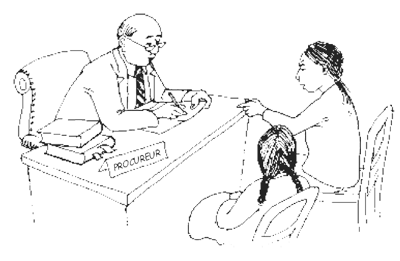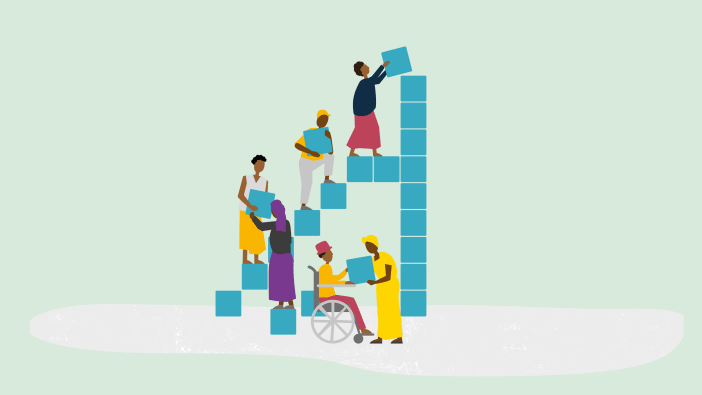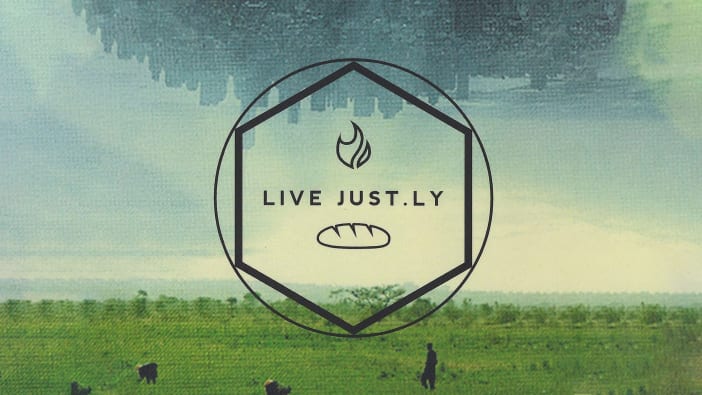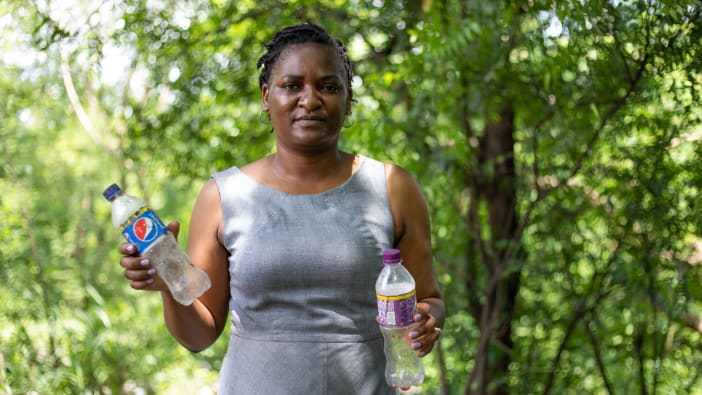God has a passion for justice. We read about this in many parts of the Bible. He cares deeply about the suffering of people who are poor. God’s commandments, given in the Old Testament, are intended to bring freedom for all people.
Jesus simplified many of the Old Testament laws, summarising them in two commandments that sum up all of his teaching in Matthew 22:35-40. He tells us to love God with all our hearts, souls and minds and to love others as we love ourselves. Loving other people as we love ourselves does not just mean thinking good thoughts. It means ensuring they are able to live fulfilling lives, free from oppression. We should seek justice for others so that they can live life in all its fullness as God intended.
Poverty and oppression take away people’s dignity. Only when people have access to the natural, economic and political resources they need, will people be able to live with dignity, and begin to establish good relationships with each other and with their natural environment.
Discussion
- Read Luke 4:18-21. Jesus read this prophetic passage from Isaiah 61:1-2 before he began his public ministry. How much did his life reflect this prophecy?
- Jesus commands us to follow his example. How much do our lives and our work reflect this amazing example?
- Who are the prisoners in our society? Who are the blind? Who are the oppressed? What would the Lord’s favour bring?
- What steps could we take to bring good news, freedom, healing and release to those whose human rights are not being met?
- What is our government doing to help those whose human rights are not being met?
Articles 2, 8, 29 UN Universal Declaration of Human Rights










